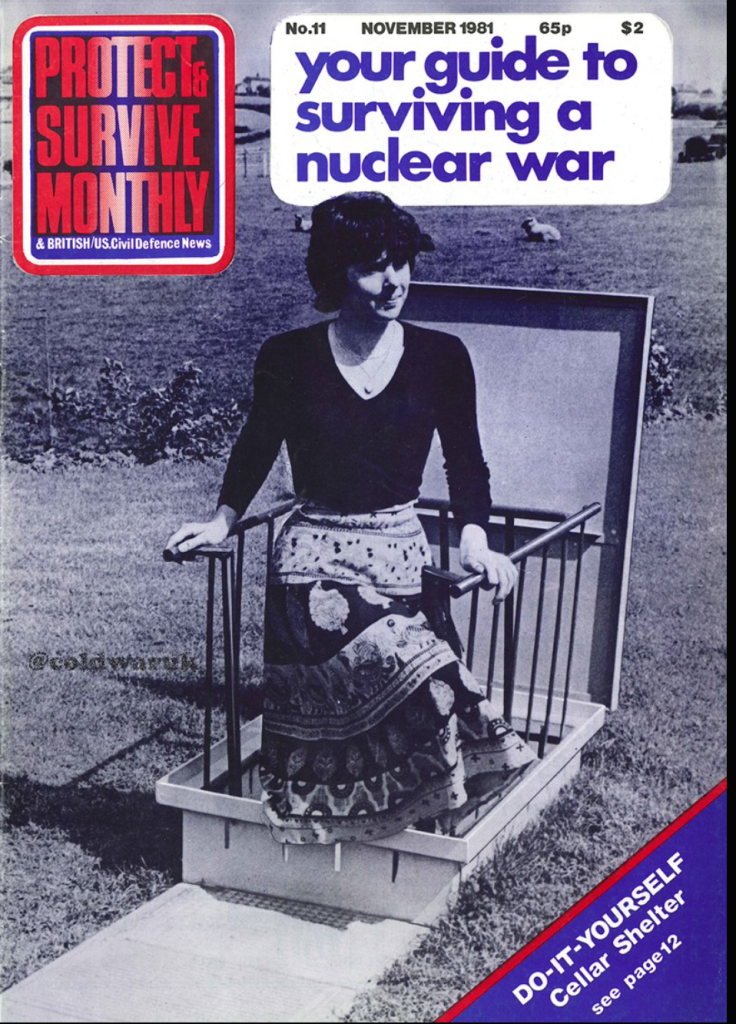This past June, Pakistan’s Defense Minister Khawaja Muhammad Asif gave an interview in which he commented on Islamabad’s nuclear weapons program:
Our nuclear capability, or nuclear assets, they are not for any jingoistic or hostile intentions. If you observe, since we attained nuclear capability, the skirmishes, the wars, the battles between India and Pakistan have not escalated the way they escalated way back in 1965, and 1948, and then 1971. These were large-scale wars between India and Pakistan. We have had some sort of tension between India and Pakistan, but they are short-lived tensions, military tensions or border tensions.
So, I think it’s something which underwrites our security, it’s not for any hostile—no, absolutely no, absolutely not. India had become a nuclear power. And we were compelled not to be gobbled by India over the years or over the decades. This is something which underwrites the peace in our region and to a great extent, our security. Otherwise, we have absolutely no intentions. Absolutely no.
It is a program which is certified by the IAEA [International Atomic Energy Agency] and even as recently as a month back, there was a statement from the IAEA that all the standards—even from the United States—that our program is safe. So, this is something which the regional countries, our neighbors or even elsewhere, despite the fact that we have terrorist activities, which was a byproduct of a foreign war in the ’80s and after 9/11, that’s the byproduct of that war that threatened our internal security in so many ways, but we contained everything with conventional forces and conventional weapons.
And we will not, never, never, ever cross that threshold. That is something that just guarantees our independence




